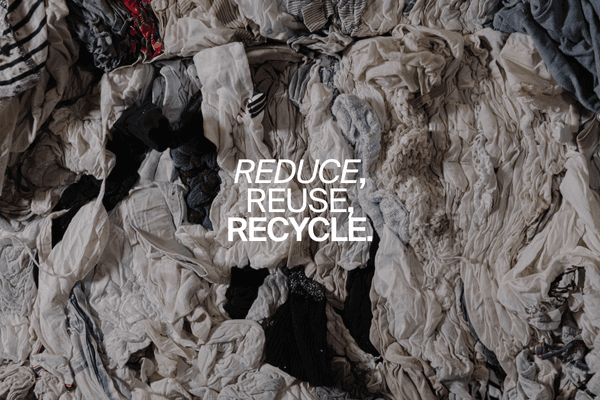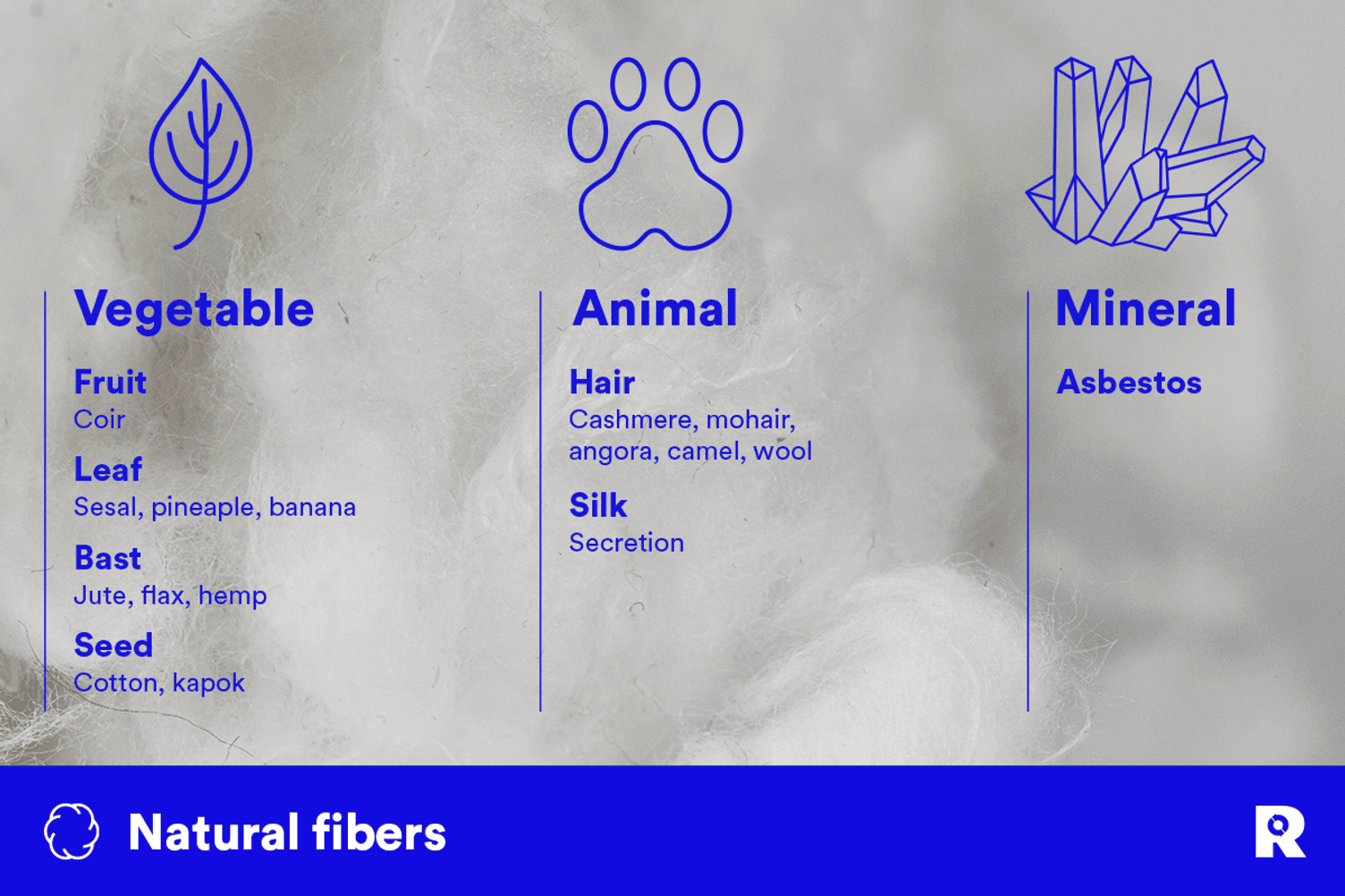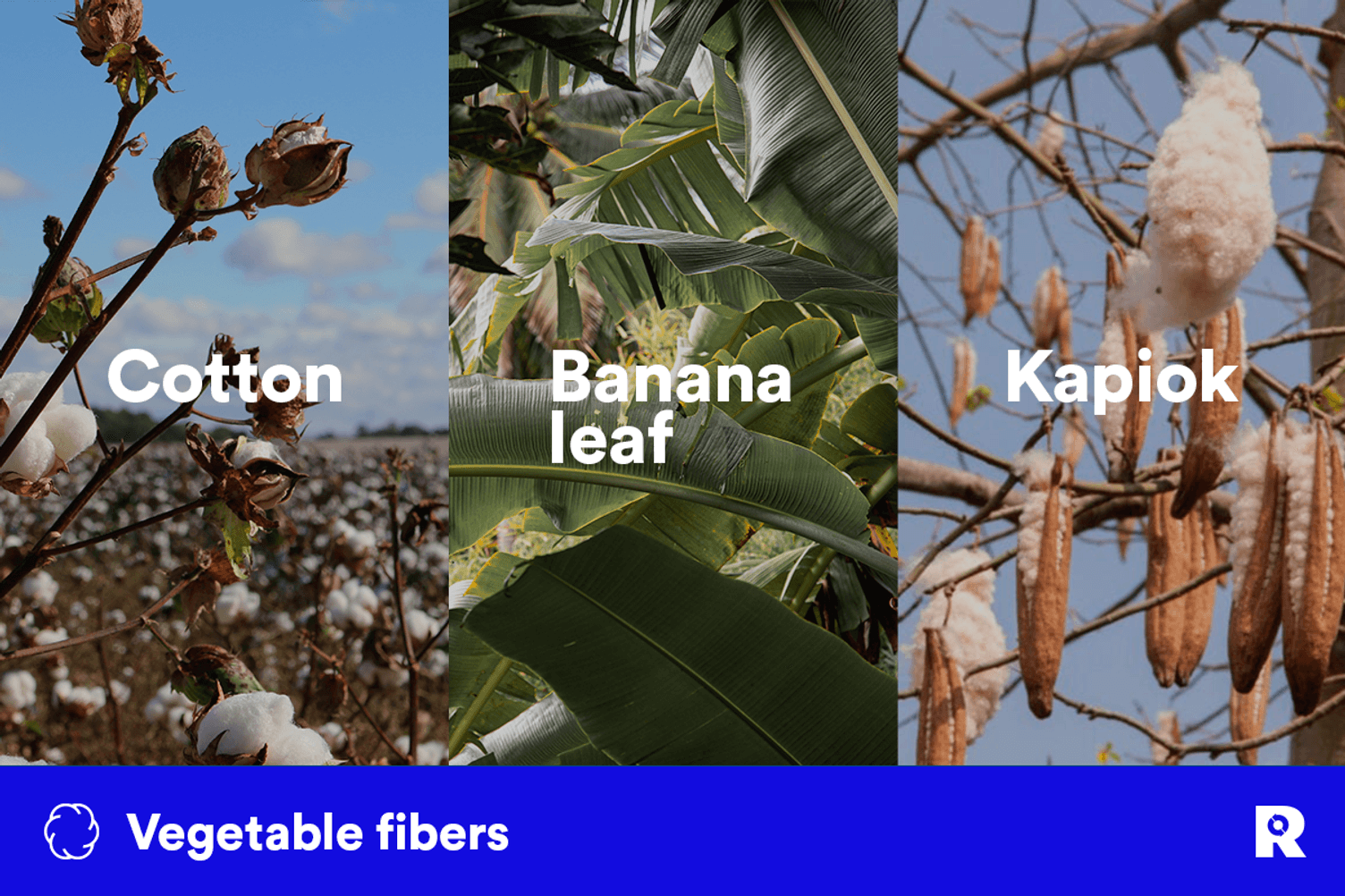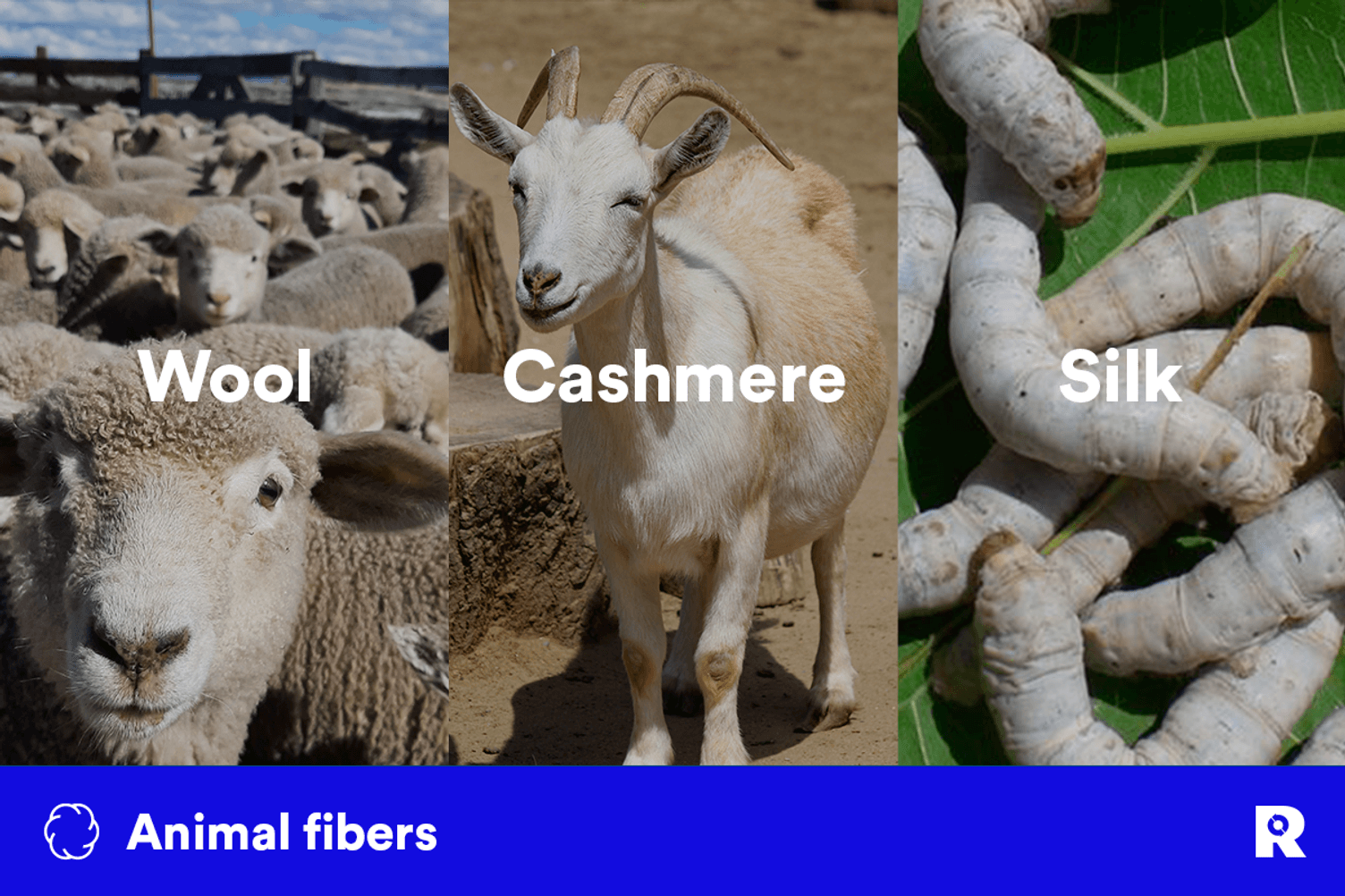Reduce, reuse, recycle… understanding the Waste Hierarchy Model

Site map
Working in the textiles industry, you might have often heard the terms “natural fibers”, “cellulose fibers”, “protein fibers” and have been left wondering… what does it all mean? In this article we’ll cover all you need to know about natural fibers, from their sources to their classification and the different types of natural fibers you can come across in the industry.
What are natural fibers?
There are several types of natural fibers. Starting with the name, natural fibers are understandably obtained from natural resources. These resources can be vegetable, animal, or mineral. It is usually the way to classify natural fibers: by their origin.

Vegetable fibers, also commonly called Plant fibers, are the ones extracted from plants. The main chemical component of plant fibers is cellulose, meaning most of these fibers are cellulose fibers.
Entering into the chemical details, cellulose is a polymer (molecular structure build from a large number of similar units bonded together), which is made of repeating glucose molecules attached end to end. Cellulose fibers can be natural, as in plant fibers, but it can also be man-made, such as rayon or viscose which are manufactured fibers.
Plant fibers are widely used in the textile industry, but can also be used for other applications, such as in the manufacturing of paper, for instance.
Within the family of plant fibers, you can sub-classify by source:
Some vegetable fibers also come from fruits (coconut, oil palm, etc) or from stalk (wood, bamboo, etc.)

Animal fibers, as the name indicates, are the ones extracted from animals. These fibers are protein fibers, made from a repeating polyamide unit. Here again, these fibers can be subclassified by sources and can come from:

This is the third class of natural fibers, usually not suitable for clothing. The most known mineral fiber is asbestos, the collective name of a group of six natural fibers. Abestos was widely used in construction for insulation or domestic purposes in the second half of the XXth century, but was found to be harmful for humans and is no longer in use.
When it comes to recycled cotton. It all depends on the type of recycling. Mechanically recycled cotton, as we do it at Recover™, is still considered as cotton and classified as a natural fiber material that can be transformed in yarns, then fabrics and then clothing. However, when cotton is recycled through a chemical process, it is transformed into a man-made cellulosic fiber, also called MMCF, and is no longer considered as a natural fiber but as a semi-synthetic fiber.

